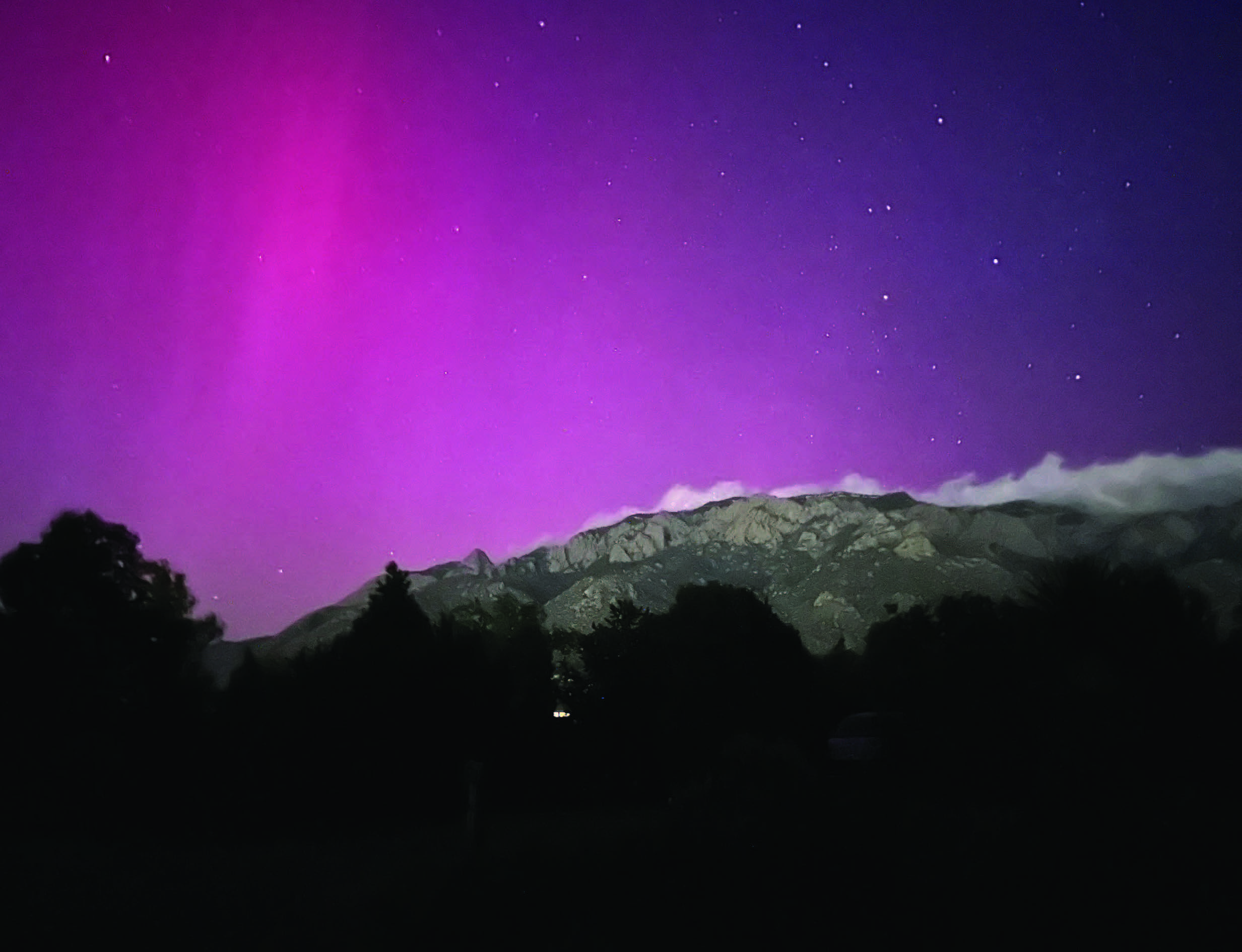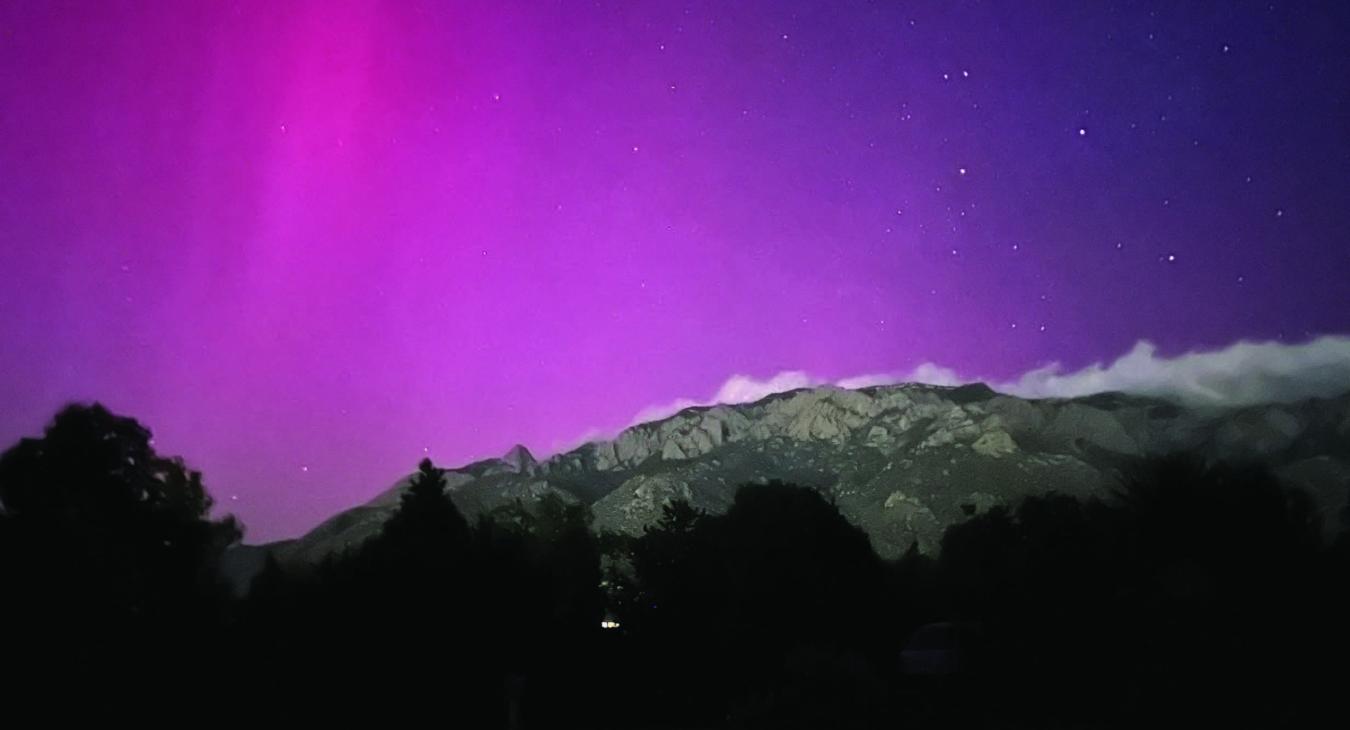For the past few months, our evening skies have been entirely devoid of bright planets, but that comes to an end during July.
Our solar system’s inner worlds put in appearances low in the dusk this month: Mercury is visible for most of July but disappears into twilight by month’s end, while Venus—even lower—begins a slow and gradual climb that eventually carries it out of the dusk and high into our western sky by the end of this year. The thin crescent moon lies between these two worlds on the evening of July 6.
The ringed planet, Saturn, rises in the east during the midevening hours and is highest above our horizon around the beginning of dawn. By that time, the other two bright planets, Mars and Jupiter, rise during the mid-morning. These two worlds gradually draw closer to each other in the sky and will have a close conjunction next month. Meanwhile, the distant world Uranus has its own conjunction with Mars on July 15.
Earlier this year, comet Pons-Brooks, which returns roughly every 70 years, was visible in our western sky after dusk. It’s gone now, but another comet with a similar orbital period, Comet Olbers, is visible low in our northwestern sky after the end of twilight. Although it may not quite be bright enough to view with the unaided eye, it should be easily detectable with binoculars. Comet Olbers was closest to the sun at the end of June and is closest to Earth—a rather distant 176 million miles—on July 20.
A large solar storm erupted on the sun in early May and produced aurora displays over significant portions of Earthly skies, both the Northern and Southern Hemispheres, on the night of May 10-11. Because we are still approaching the peak of the current sunspot cycle, it is possible additional solar storms could take place during the next several months, in turn producing more aurora displays during the same timeframe.


